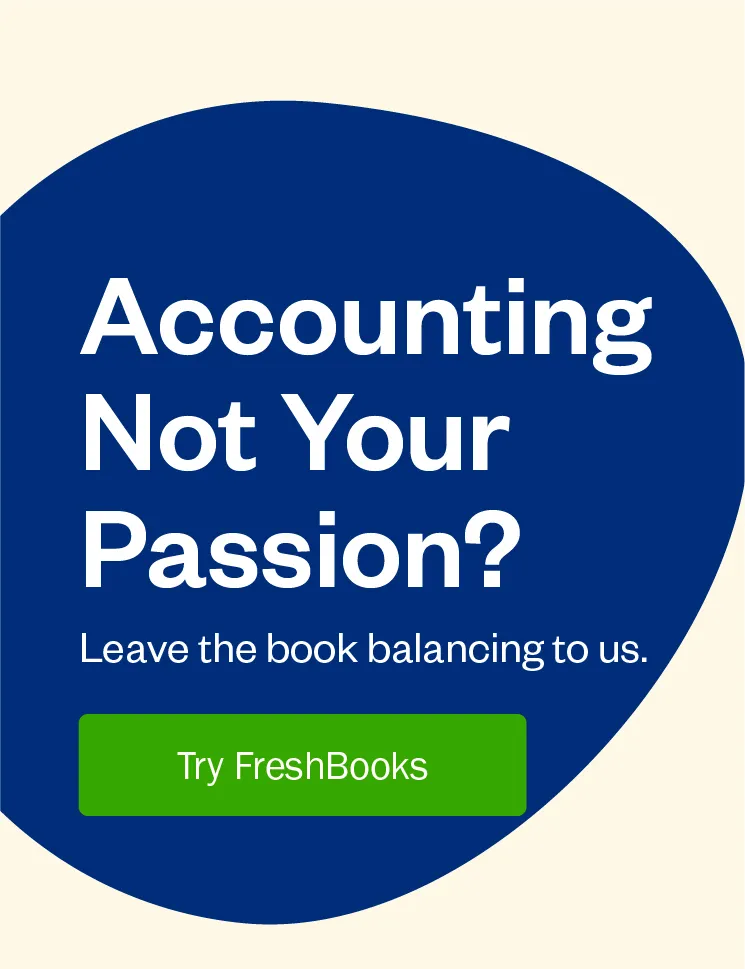Understanding the ROI on clients and projects using FreshBooks profitability tools is keeping marketing firm zamartz on a steady journey of growth.
Zachary Martz has come a long way from hacking table layouts on MySpace. That was the first service his business, zamartz, offered back when he was still a teenager in high school.
Over the years, Zachary kept a lot of plates spinning, maintaining his business on the periphery while he took on full-time and consulting jobs in digital design and marketing.
In the past five years, however, zamartz has seen massive growth, doubling in size each year. Now, this fully remote digital agency has three full-time employees and up to ten contractors at any given time.
Digital design, product design, and WordPress integrations are some of what zamartz offers to clients, including high-profile brands such as Zadig & Voltaire, Helmm, and The Wall Street Journal, as well as an eclectic mix of others, ranging from fintech to cannabis.
Sorry to say, Zachary can no longer help you with your MySpace page.
You started zamartz as a side hustle. At what point did you decide it was a viable standalone business?
A couple of times over the years, I’ve had to make the decision either to pivot and commit to my business full-time or go back into the corporate world. The problem I kept running into was that the administrative side of the business was too time-consuming and prevented me from being able to focus on the clients and their creative projects.
About 2 years ago, I was put in the position to make that decision again. The difference was that now, the level of technology and newfound administrative platforms out there made everything efficient enough for me to focus on the clients. That is basically what FreshBooks is helping me with today.
What was causing you the most headaches in your business?
It’s everyone’s dream, right? You think, I’m going to get into business, I’m going to do everything I want—all the time. And that’s just not the reality.
The more clients you have, the more paperwork, the more follow-ups. Depending on the level of clients, you need to know who is in accounts payable, who is the client partner, and who is the director to send your presentation to. And all of that is just to get paid for the work you’ve put in. It puts a damper on anything else you want to do creatively.
Which tools were you using before FreshBooks?
For a long time, it was Google Sheets. I’m sure people can relate to that. Then we used AND.CO by Fiverr, which is in essence just invoicing, a task manager, and some expense reporting. But it’s only for one person, so it’s a shared login account and everyone can see everything—all the money flowing in and out of the business accounts. Just not the way you want to run your business. We grew out of it really fast.
We’re basically saving $2,000 a month with FreshBooks.
Why did you end up choosing FreshBooks?
We needed something that could move us out of those cobbled-together systems in the short term, but could also have the longevity to keep up with the company’s growth in a year, two years, even three years from now.
When we started playing around in FreshBooks, I would walk through all the scenarios of our existing business tasks with the rep—different types of invoices we have, projects that we bill internally and to clients—and I kept getting “yes” as the answer.
The combination of the “yes” to all my questions, and your integrations and partnership with Gusto for HR/payroll and Zapier for connections … it was like a match made in heaven.
You’ve set up quite a few Projects in the app. How are you using Projects in your business?
We have two different Project structures: We have the Projects that are billed to the clients and internal Projects.
We do a lot. We engage with the community, we write articles, and publish posts. We’re employing staff. We also sell our own WordPress integrations online. So we have to bill development time against all of those things, but it’s not directly billable to clients.
Basically, I look at my internal Project that is not billable to customers, which always has a negative profitability. But then in my Profitability Reports I can see that my billable Projects are compensating for the investment.
Our customers always get one rate—a blended hourly rate across all our staff. But then we need to understand the profitability of our Projects based on each person’s actual hourly pay.
So we’ve set up Team Cost Rates to bill against Projects, and then we run Profitability Reports to understand which projects are making us money and which are costing us too much.
How are you tracking whether those Projects have a positive ROI?
Profitability Reports really show us what that cost versus income gap is. In the report, I can see what my profitability is per Project.
For clients, we have set-up periods: A free month during learning periods and other values we provide. Most of our clients don’t become profitable until the third month. Let’s say we billed $1,000 in the first month, but it cost us $2,000. I need to make sure my service models now are paying for that $1,000 gap and that the initial investment doesn’t outpace future value.
Profitability Reports help us understand what the gap is between the billable hours and the employee costs. That way we know whether our service models are actually compensating for that gap. Then we can really see it in the profitability of the company overall.
How do you identify which Projects are more profitable than others?
The Profitability Widget is good for an at-a-glance understanding of the profitability of a Project alongside all the staff that’s working on it. It helps me identify clients that have moved out of the opportunity phase where we win the business. We then succeed in converting them into a positive contributor to our bottom line.
Have you made any adjustments based on what you’ve learned from using the profitability reports and tools?
So far, it’s just giving me peace of mind that what I thought was happening in my head is actually happening on paper. It’s a huge relief. I can see that my projects are profitable, so I know I’m making the right decisions for my business as it grows.
At this point, you’ve been using FreshBooks for about 6 months. What has been the biggest benefit so far?
Before, we were spending $1,000 a month in just menial labor invoicing, and about another $1,000 a month in coordination and tracking, getting the right people, making sure we were following up on the right areas.
Now, we go to our Dashboard and we click the unbilled hours, create an invoice, and it’s done. There’s no figuring out who we didn’t invoice this month. It’s great.
We’re basically saving $2,000 a month. And that doesn’t include all the things that we were able to do in place of all that admin.
Wow, saving $2,000 a month is amazing!
Right, so we’re saving around $24,000 a year—and we’re investing it right back into the company and into the community.
What kinds of community investments is zamartz making?
We are the title sponsor of the local farmers’ market this year, a rainbow sponsor in a local pride event, and we have advocated for the removal of racially biased terminology in tech.
What has made you happiest about your experience with FreshBooks?
As a product designer, a product manager, and a business owner … I don’t want to be stuck in a tool anymore that just doesn’t keep growing along with the industries that it’s in.
My favorite thing to do is go into FreshBooks and click the little bullhorn at the bottom that says “What’s New.” There’s something there every single time, and it just makes me feel so much better because I’ve been using all these other tools that haven’t been able to keep up.
It seems like there’s a constant investment in the tool that is going to keep making my life easier.
What would you tell other business owners about FreshBooks?
I think the number one thing is that you don’t know what you’re wasting time on until you can see it all laid out in front of you. Moving to FreshBooks and to actually be able to see everything in one place, and to integrate it with a system … That consolidation and the peace of mind I get from seeing the profitability of every project right in front of me is just something you can’t put a price tag on.
I’m still very surprised that my expectations were met. I’m a harsh critic. I am still surprised by FreshBooks and I hope to be for the foreseeable future.

Written by Shannon Kelly, Senior Content Marketing Manager, FreshBooks
Posted on August 23, 2021







